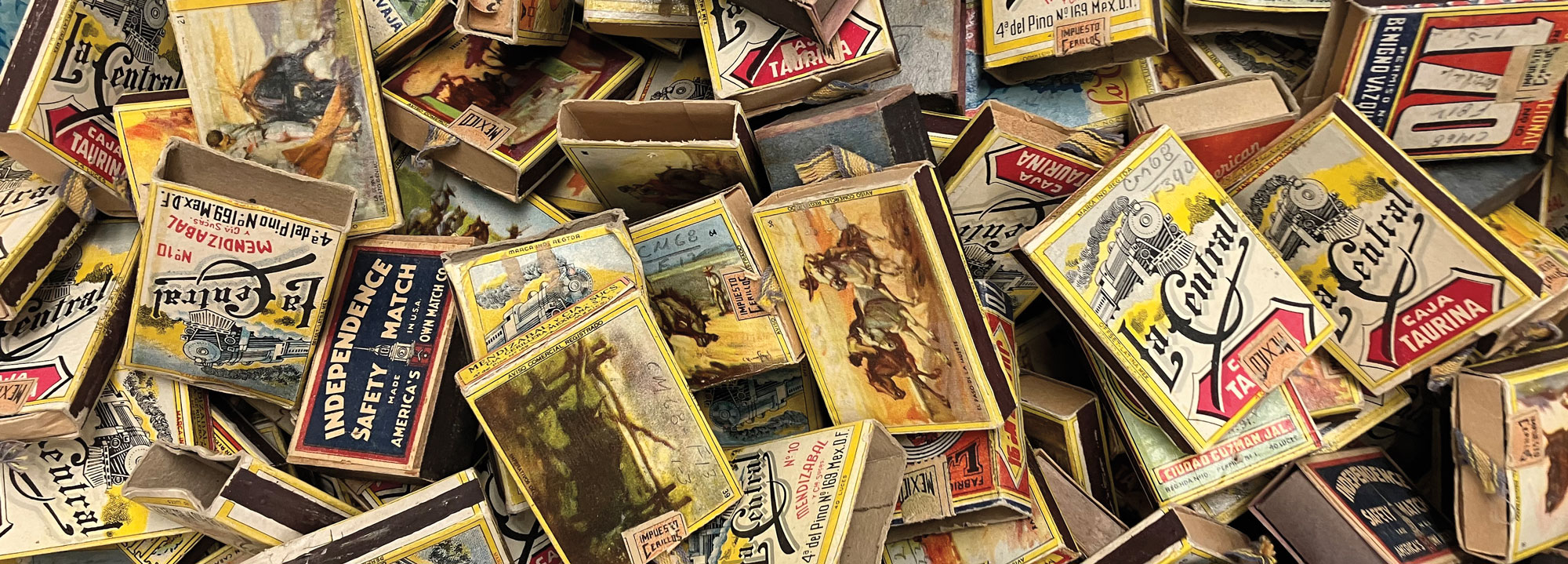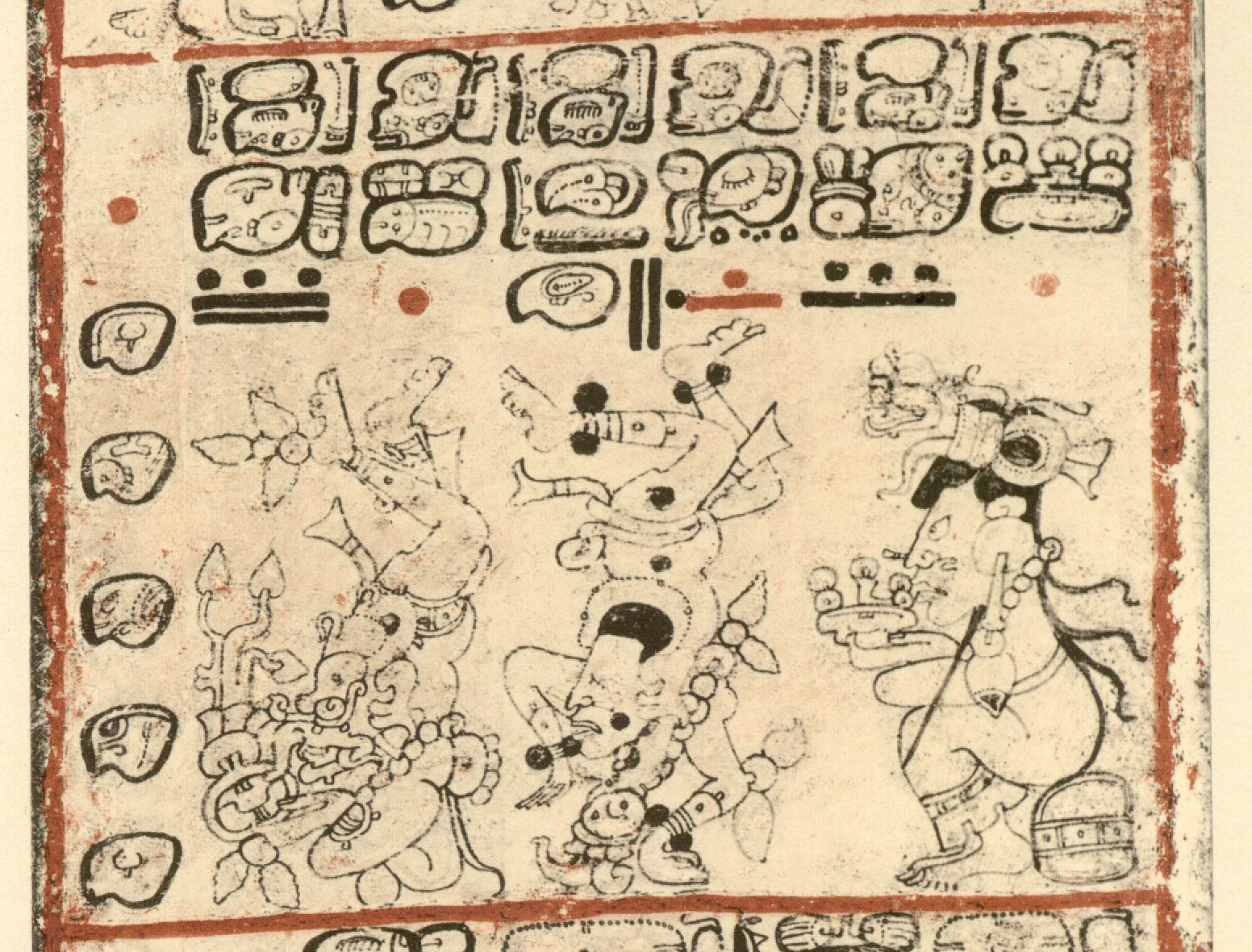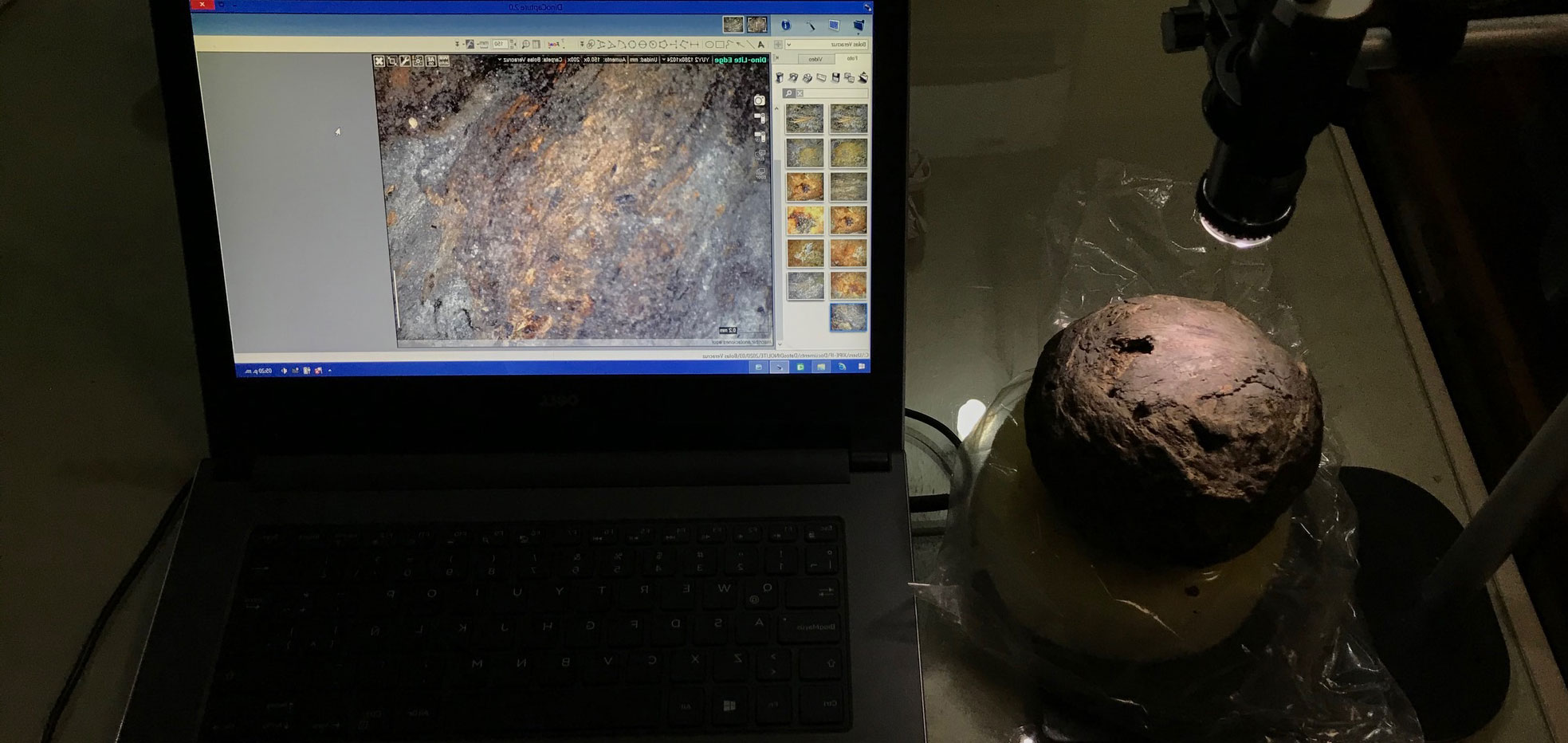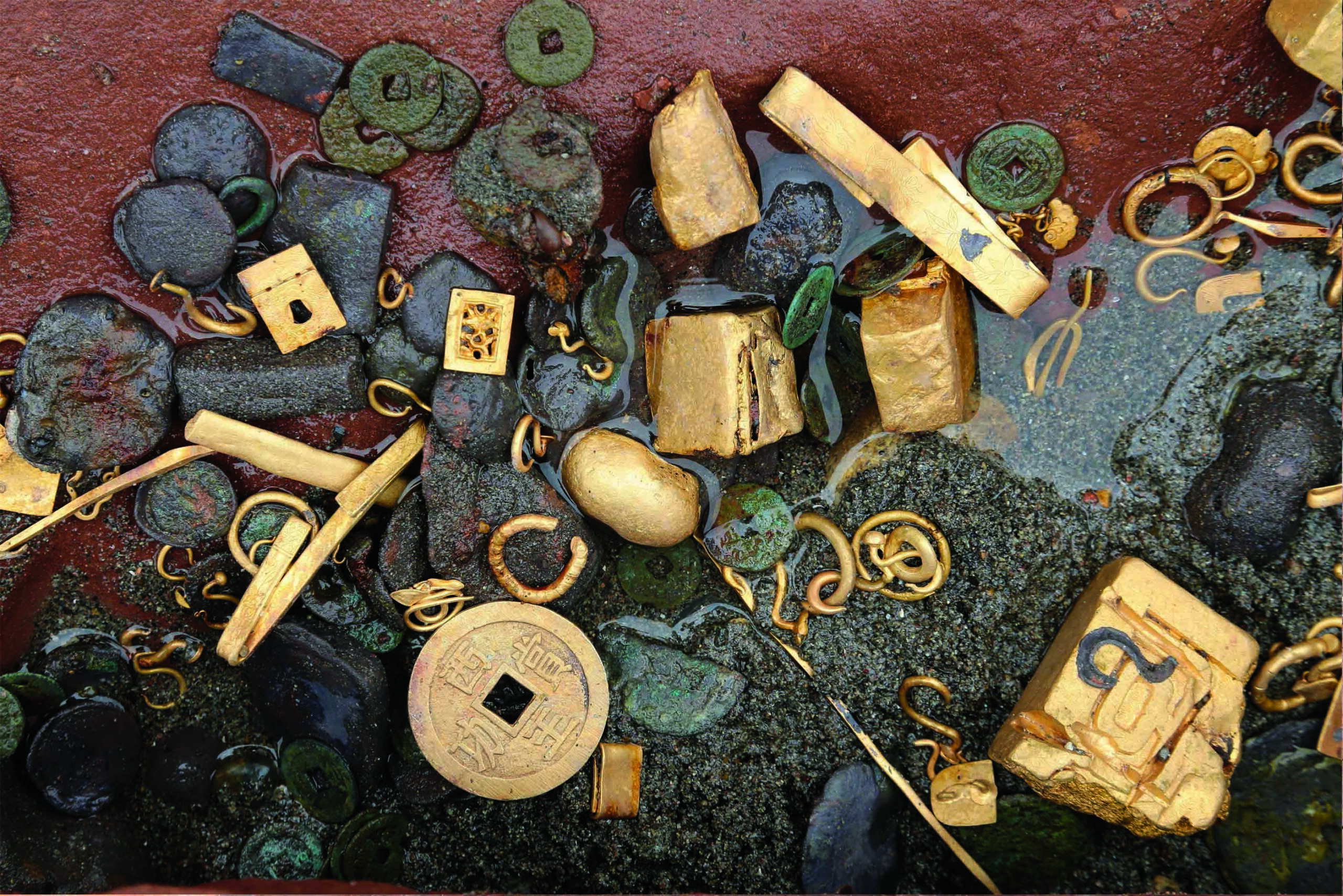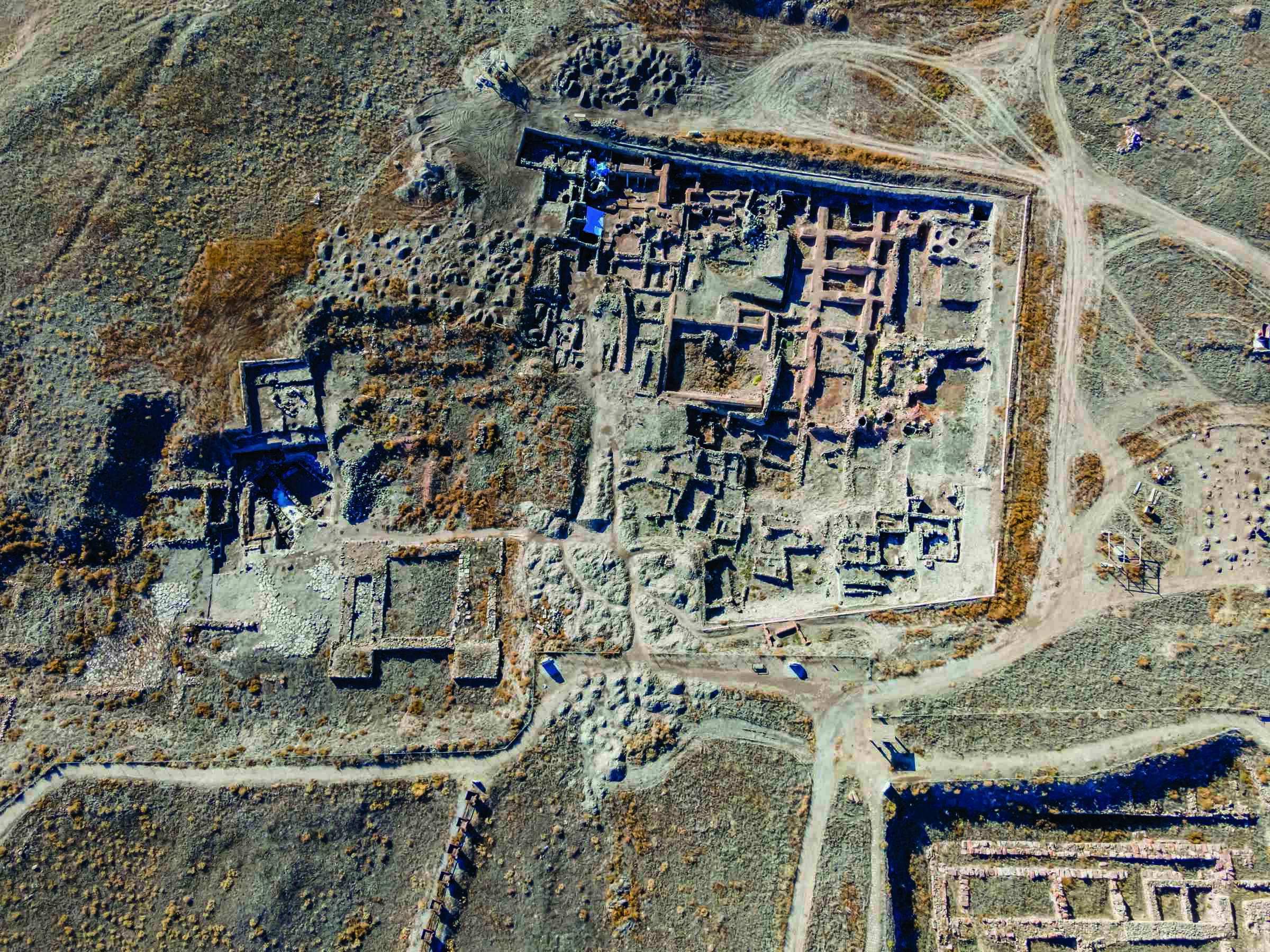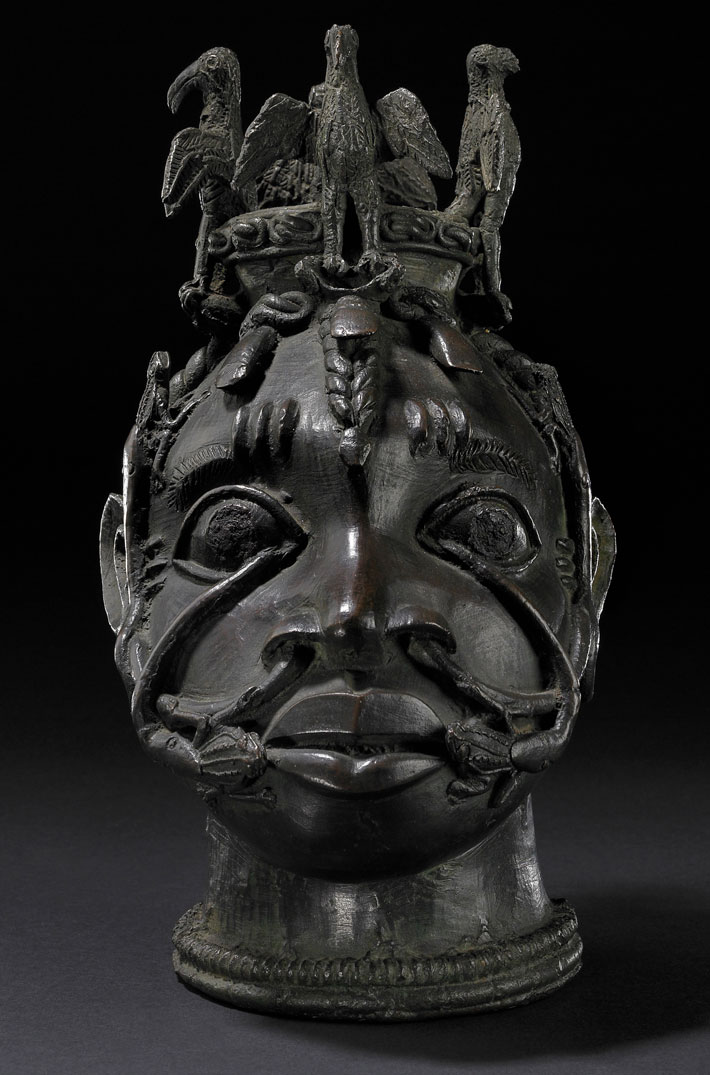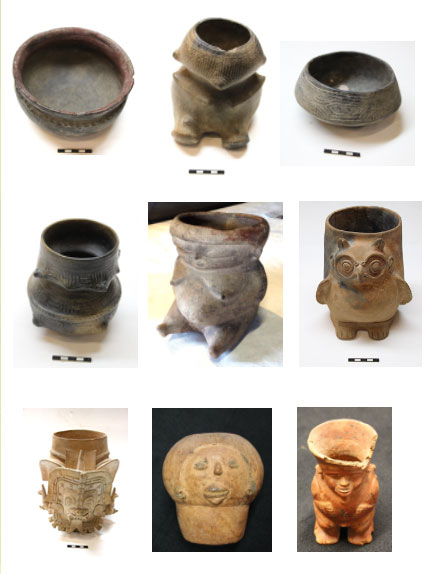
MONTPELLIER, FRANCE—According to a Newsweek report, a team of researchers led by Claire Lanaud and Hélène Vignes of the University of Montpellier analyzed residue samples from 352 pots made by cultures living in Ecuador, Colombia, Peru, Mexico, Belize, and Panama from around 3900 B.C. to A.D. 1600. Three highly diverse strains of ancient theobroma cacao DNA were detected in the residues. The study suggests that cacao was domesticated in the Amazon some 5,000 years ago. Then, geographically distant cacao populations in South America were mixed as people traveled and traded along the Pacific coastline, indicating that the cocoa bean was more widely traded than had been previously thought. Read the original scholarly article about this research in Scientific Reports. For more, go to "Ancient Amazonian Chocolatiers."


